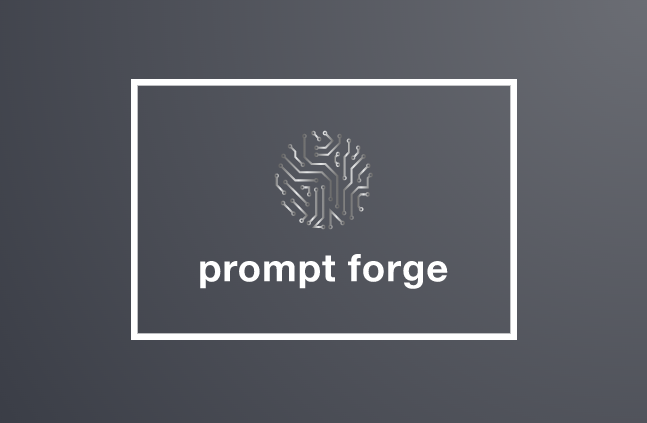
Have you ever wondered just how far you can push the boundaries of revolutionary AI tools like ChatGPT? As a modern-day AI blacksmith, you can craft your very own masterpieces using the power of prompt engineering. In this post, we’ll share 7 prompt engineering techniques that will help you harness the full potential of ChatGPT to forge a truly unique experience.
- Forge the Perfect Temperature: Set the Context Just like a blacksmith heats the iron to the perfect temperature, you need to set the context for your AI. Provide essential background information in your prompt so ChatGPT understands your requirements and can generate the desired output. By heating your prompt with just the right context, you’re on your way to crafting a masterpiece.
- The Anvil of Precision: Be Specific When working on the anvil, blacksmiths shape the metal with precision. Apply the same principle to your prompts. Be specific and clear about your expectations, and ChatGPT will deliver more accurate and relevant responses. Remember, a precise strike on the anvil creates a better final product.
- The Art of Refining: Iterate and Refine Your Prompts Metalworking involves refining and reworking the material to achieve the desired shape and quality. In a similar vein, experiment with different prompt formulations to see which one brings out the best in ChatGPT. Don’t be afraid to iterate and refine your prompts, as this process helps you uncover the most effective language model outputs.
- Hammering Out Details: Break Complex Questions into Smaller Parts Blacksmiths skillfully hammer out intricate details on their creations. When dealing with complex questions, break them into smaller, more manageable parts. By providing ChatGPT with step-by-step instructions or a series of related questions, you’ll receive more comprehensive and detailed responses.
- The Supportive Scaffold: Use Keywords and Phrases In construction, scaffolding provides temporary support for workers and materials. When crafting prompts, use keywords and phrases that help guide ChatGPT towards the desired output. This “scaffolding” gives your AI a better understanding of your requirements, resulting in more focused and relevant responses. For example, in this post I told ChatGPT to use metal working, blacksmithing, and construction language.
- Cooling the Forge: Set a Limit on Response Length After a blacksmith shapes the metal, they cool it to maintain its form. Similarly, you can control the response length of ChatGPT by specifying a word or character limit. This helps you avoid excessively long responses and ensures you receive concise, well-structured answers.
- Polishing Your Masterpiece: Request a Summary or Rewrite Once a blacksmith has forged their creation, they polish it to perfection. You can do the same with your ChatGPT outputs. If the initial response isn’t exactly what you’re looking for, ask the AI to summarize, rephrase, or rewrite it. This polishing step will bring you closer to the perfect response you desire.
By applying these 7 prompt engineering hacks, you’ll be well on your way to transforming your ChatGPT experience. Embrace your inner AI blacksmith and forge ahead, creating masterpieces that showcase the full potential of this powerful language model. Happy forging!

